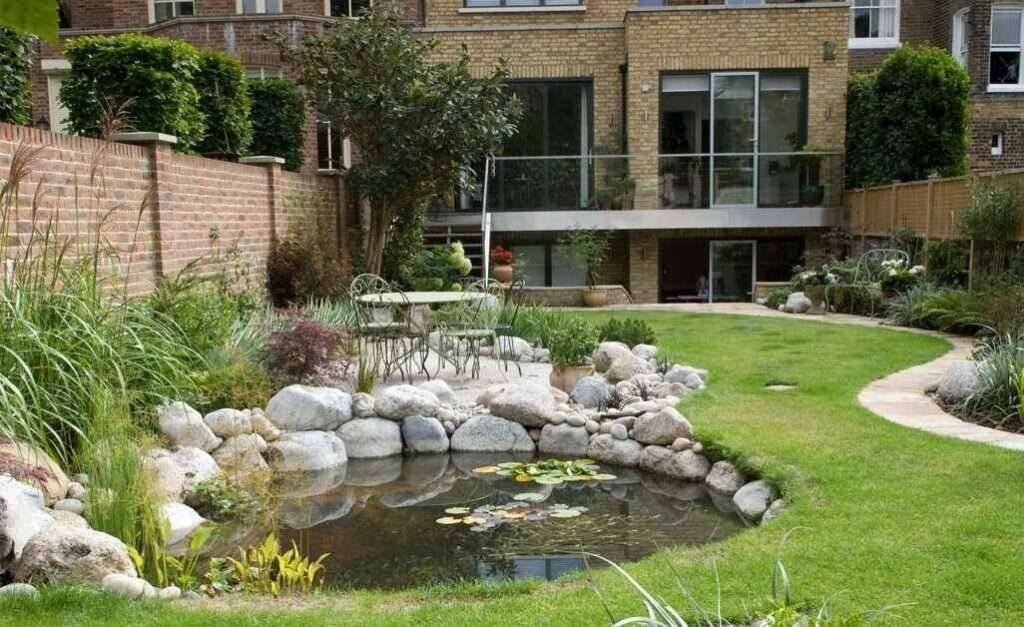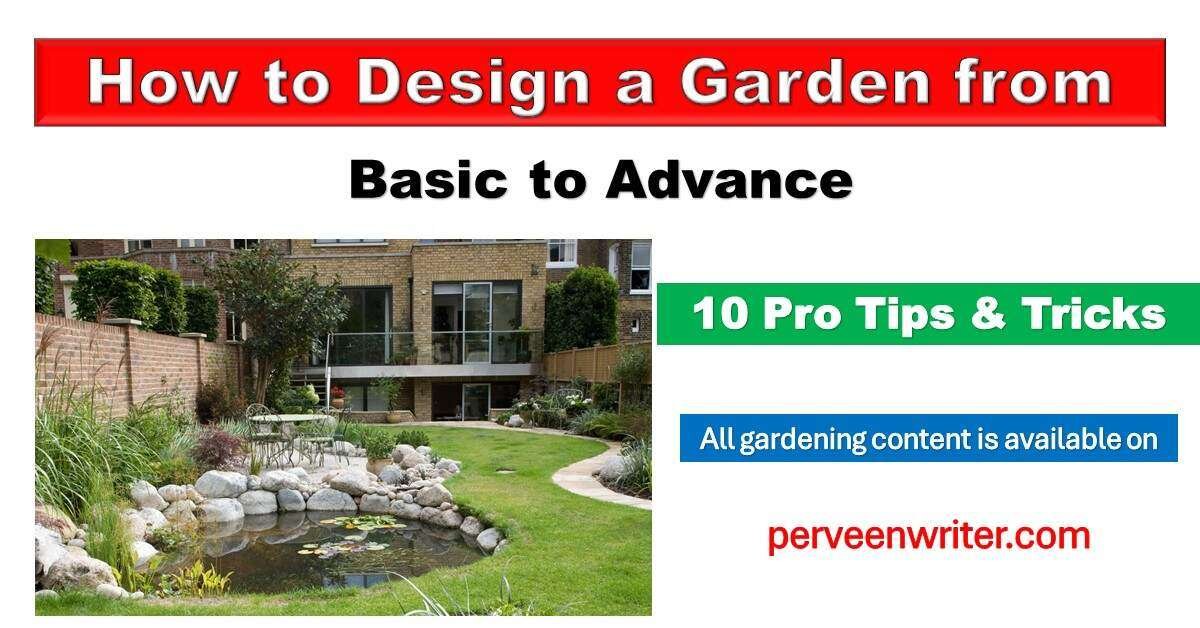What you will read in this Blog?
ToggleDesign a Garden from Basic to Advance
Designing a garden can be an enriching experience that combines art, nature, and personal preference. How to design a garden from basic to advance is great profession. Whether you have a sprawling landscape or a small urban lot, garden design principles can be scaled to fit your space and create a beautiful, functional, and tranquil environment. Here, we’ll outline how to approach garden design from the basics to more advanced concepts.

Basic Principles of Garden Design:
Understand Your Space
How to design a garden from basic to advance is great profession.Start by analyzing your garden’s dimensions, topography, and orientation. Note existing features, such as mature trees or slopes, and consider how they will impact your design.
Determine Your Style
Do you prefer a formal, structured garden or a more natural, free-flowing design? Your garden’s style should reflect your tastes and complement the architecture of your home.
Consider Functionality
How to design a garden from basic to advance is great profession.Think about how you want to use your garden. Will it be a place for entertainment, relaxation, play, or various functions? This will determine the layout and the elements you include, such as seating areas or play spaces.
Choose a Focal Point
Every garden should have a focal point that draws the eye, such as a stunning plant, sculpture, water feature, or sitting area. This is often the feature around which the rest of the garden is designed.
Plan Your Planting
How to design a garden from basic to advance is great profession.Select plants that will thrive in your garden’s conditions. Consider the amount of sunlight, soil type, and climate. Incorporate a mix of plants for year-round interest, varying heights, colours, and textures.
Create Balance and Contrast
Balance doesn’t necessarily mean symmetry. You can achieve a pleasing balance by distributing visual weight throughout the garden. To add interest, different plant forms, colours, or textures can be used to create contrast.
Develop a Color Scheme
How to design a garden from basic to advance is great profession. Please choose a colour palette that appeals to you and stick to it throughout the garden. This will create harmony and flow from one area to another.
Pay Attention to Scale
The size of plants and features should be proportional to your garden’s overall size. Large trees or structures, for example, can overwhelm a small garden.
Advanced Garden Design Concepts:
Layering and Plant Succession
How to design a garden from basic to advance is great profession. Build layers in your garden from the ground up – ground covers, herbaceous plants, shrubs, and trees create depth. Consider how plants will look throughout the seasons for continuous appeal.
Movement and Flow
Create paths and walkways throughout your garden that invite exploration and movement. Curved paths often feel more natural and can make a space appear larger.
Texture and Pattern
Mix different foliage textures and patterns to create visual interest. The contrast between fine, medium, and coarse-textured plants enhances the garden’s sensory experience.
Lighting Design
Incorporate lighting to enjoy your garden in the evenings. Spotlights, pathway lights, and decorative lanterns can illuminate focal points and create ambience.
Sustainable Practices
To reduce water usage and maintenance, incorporate sustainable practices such as composting, rainwater harvesting, and using drought-resistant plants.
Zoning and Enclosures
Create ‘rooms’ in your garden for different activities or feelings. Enclosures like hedges, arbors, or walls can define these spaces.
Rhythm and Repetition
Establishing rhythm through repeating colours, shapes, or textures along a garden path can guide the eye and create a cohesive design.
Incorporating Wildlife
Design with nature by creating habitats for beneficial insects, birds, and other wildlife. Incorporate native plants and water features, and avoid using harmful pesticides.
Conclusion
Designing a garden is a dynamic creative process. Establish a solid foundation based on fundamental ideas, and as you gain confidence and expertise, expand on it with increasingly complex ideas. Recall that the most influential gardens express your style and adapt to the particular qualities of the site. Take out a sketchbook or some design software and create your ideal garden retreat.







